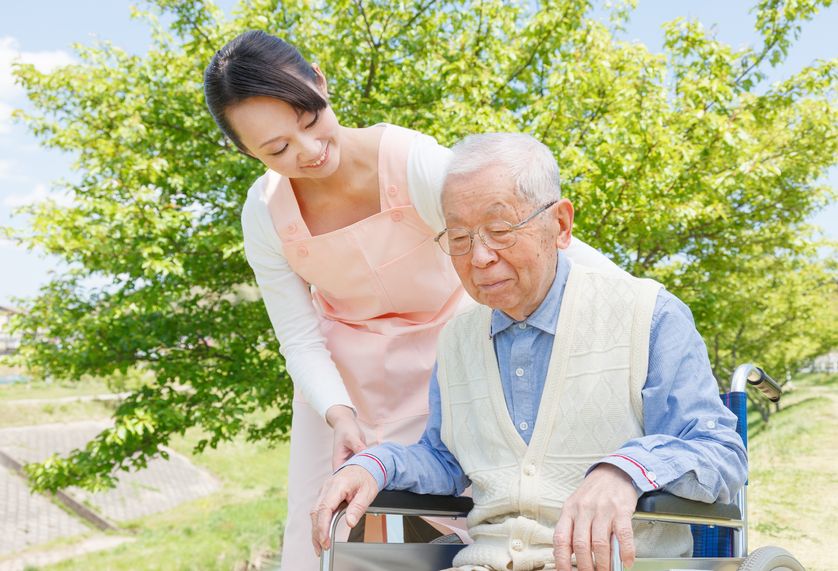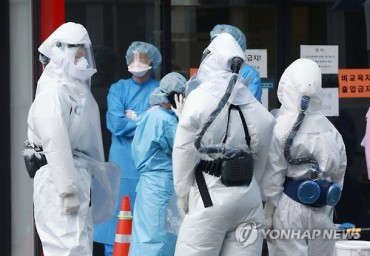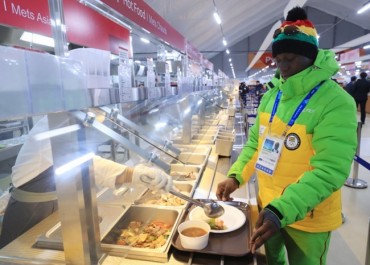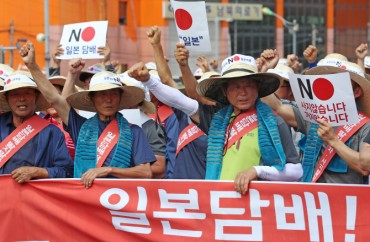
Hospice care, which refers to a type of care that focuses on the palliation of chronically-ill patients’ pain and symptoms while providing them with psychological, social and religious comfort, has been drawing public attention amid growing interest in the concept of ‘dying well’ among South Koreans in the light of an aging populace. (Image: Kobiz Media)
SEOUL, June 21 (Korea Bizwire) – Despite the South Korean government’s national health insurance reform, which will cover palliative care for an extended number of terminally ill patients from August, many fear the lack of hospice care infrastructure in the country will not live up to the expectations of ‘dying well’.
Hospice care, which refers to a type of care that focuses on the palliation of chronically-ill patients’ pain and symptoms while providing them with psychological, social and religious comfort, has been drawing public attention amid growing interest in the concept of ‘dying well’ among South Koreans in the light of an aging populace.
According to the Ministry of Health and Welfare, and the Health Insurance Review & Assessment Service on Wednesday, in addition to terminal cancer patients, patients at a terminal stage of AIDS, cirrhosis, and respiratory disease will also be eligible for insurance coverage of hospice care, thanks to a healthcare reform taking effect on August 4.
While the reform has been praised as a move in the right direction, considering the previous limitations of the Cancer Control Act, which only mentions cancer patients with regard to insurance coverage for hospice and palliative care, the lack of infrastructure is seeing major South Korean hospitals fail to provide hospice care service to terminally-ill patients who are in the last few months of their lives.
According to statistics from the Health and Welfare committee of the National Assembly, only 16 out of 43 large general hospitals provided hospice wards and sickbeds.
When it comes to the number of sickbeds allotted to terminally-ill patients, only 217 out of 40,176 sickbeds at 43 general hospitals in the country were being used for the purpose of hospice care, as of May.

Despite the South Korean government’s national health insurance reform, which will cover palliative care for an extended number of terminally ill patients from August, many fear the lack of hospice care infrastructure in the country will not live up to the expectations of ‘dying well’. (Image: Kobiz Media)
Against the criticism, Seoul National University Hospital has been reportedly rushing to set up a hospice ward on the 12th floor of its main building with some 10 sickbeds.
The hospital said the hospice ward is being set up before August as part of efforts to change social perception and allow terminal patients to die peacefully with dignity.
Hyunsu Yim (hyunsu@koreabizwire.com)






